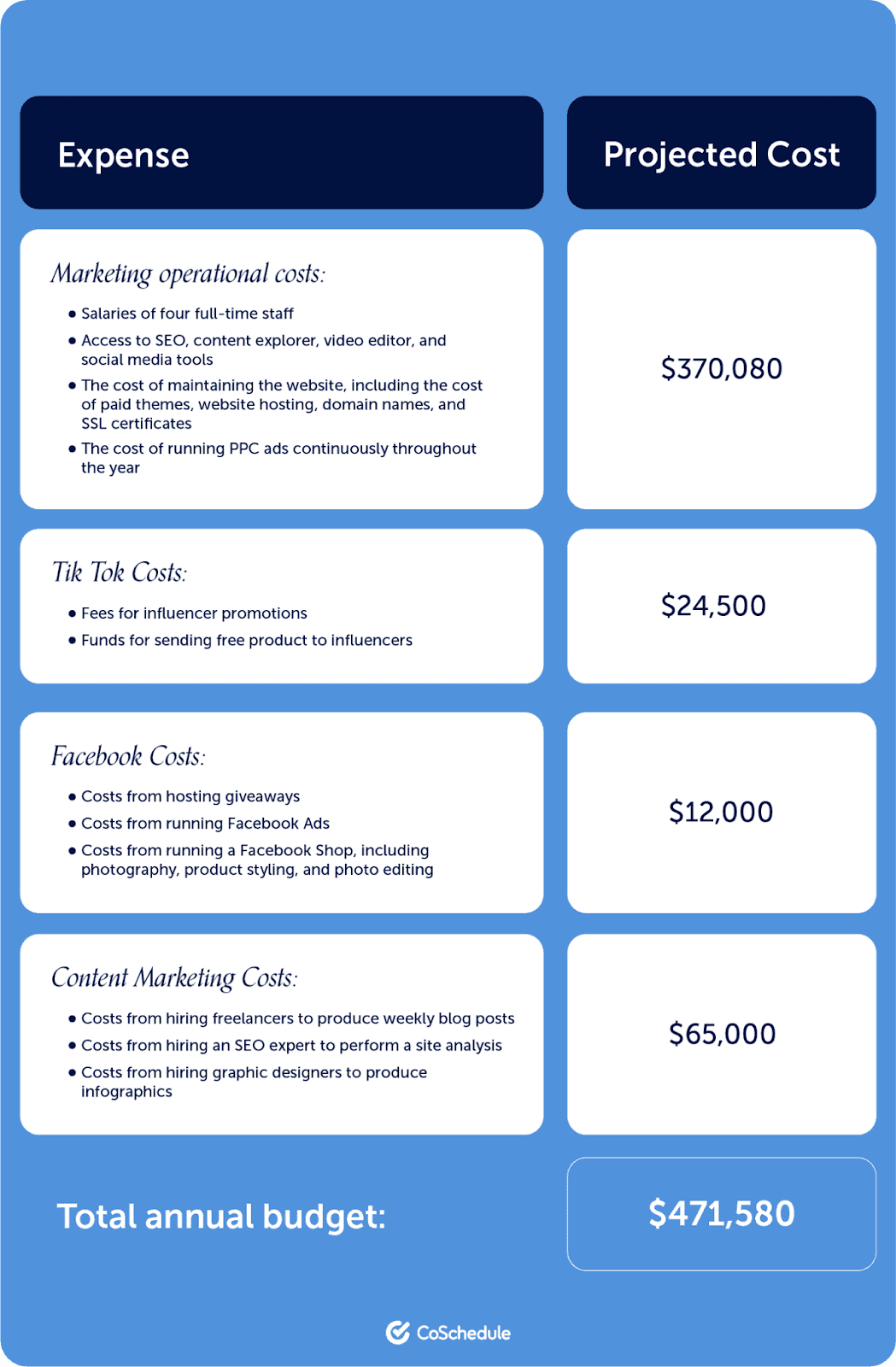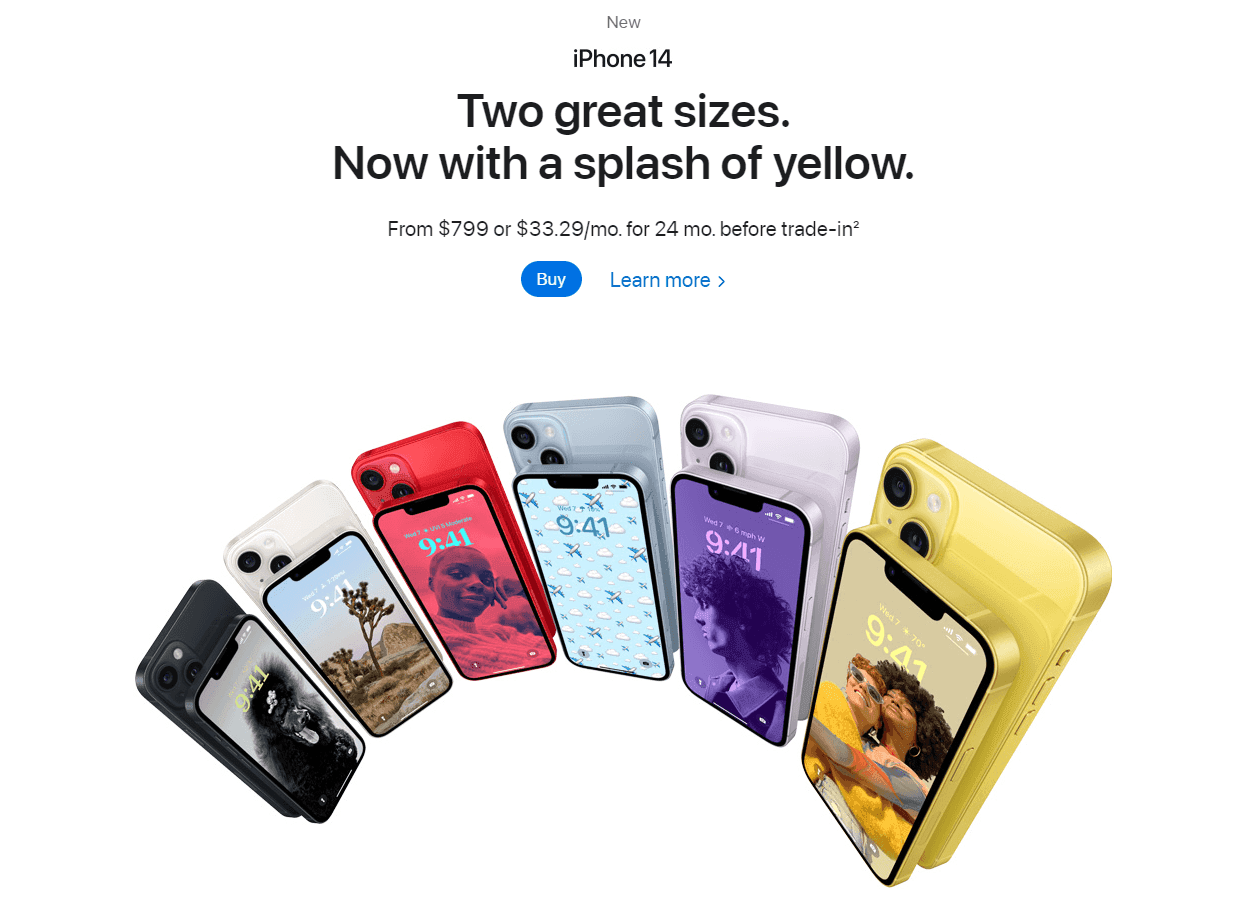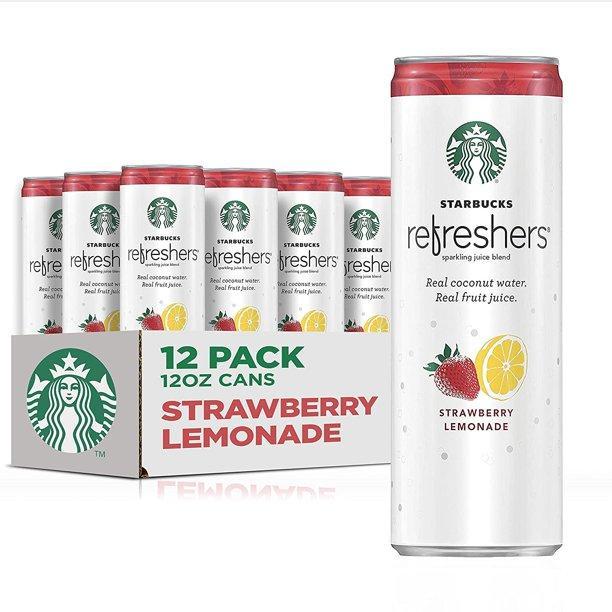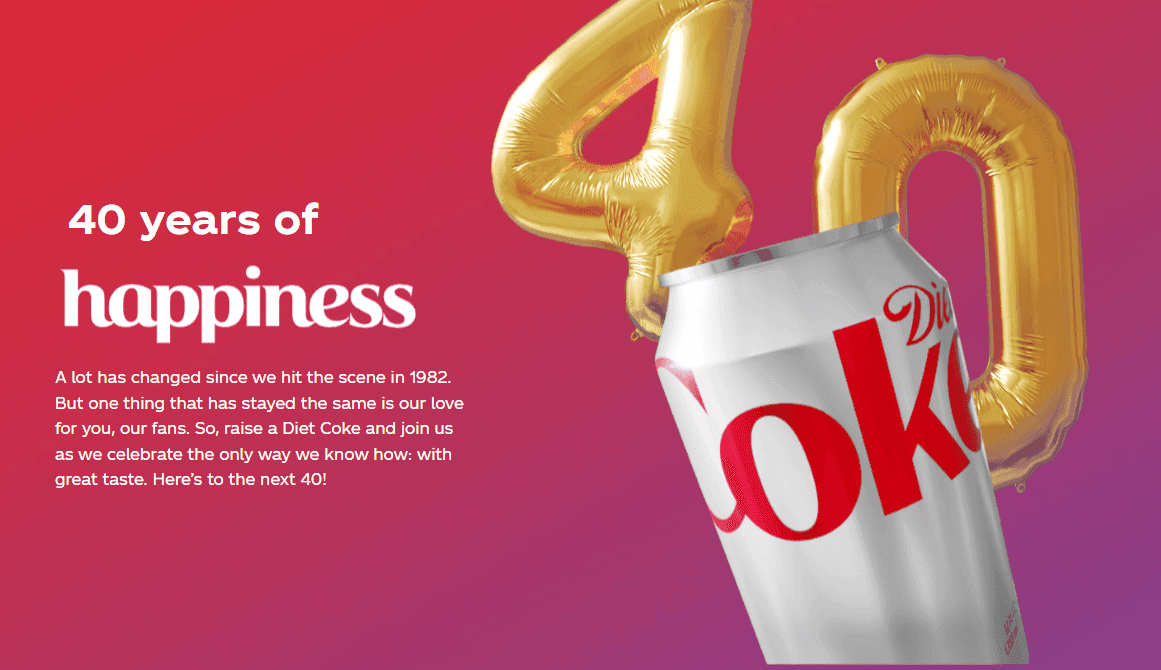While promotion is one of the things you might think of first in marketing, it’s the fourth P of the marketing mix:
The marketing mix is the tactic of organizing your product’s marketing strategy into separate components that come together. Once you determine your product, price, and distribution strategy, you plan how to promote it.
A carefully considered promotion strategy will help you get your product in front of the people who care about it the most. Let’s review the importance of promotion and how to execute it as part of the marketing mix.
What Is Promotion?
Promotion
Promotion is the act of getting potential customers familiar with your product. It’s one of the core practices of marketing.
What Is Promotion Strategy?
Promotion Strategy
A promotion strategy is the plan and tactics surrounding a product’s promotion. It consists of the goals behind your promotion and the steps you’ll take to promote your product with the most advantages possible.
What’s The Purpose Of A Promotion Strategy?
A promotion strategy has four purposes:
- Raising awareness: The activities and channels involved in a promotion strategy inform people about your product, bringing it to general awareness.
- Encouraging interest: A promotion strategy also looks for optimal ways to get people interested in your product by presenting its strengths and edge over the competition.
- Generating demand: Demand generation — making people care about and want your product — is another core goal of promotion.
- Persuading people to take action: All of the other goals of promotion strategy lead to its ultimate goal — encouraging people to become customers or subscribers.
Why Is Promotion Strategy Important?
Promoting with a strategy is essential because promoting in the right way to the right people optimizes your time and resources. You’ll have a higher chance of turning the money you spend on promotion into purchases, awareness of your product, and hype around it.
Plus, the knowledge you gain when crafting a promotion strategy will serve you well when handling the other Ps in the marketing mix. You’ll have a better grasp of your audience that you can use for better marketing overall.
What Are The 5 Types Of Promotion Strategies?
You can organize promotion strategies into five main categories. Depending on your product, you can mix and match tactics from different strategy types.
1. Pull Promotion Strategy
As Ahrefs explains, pull and push marketing are two strategies with complementary tactics.
Pull promotion focuses on “pulling” customers your way with tactics that allow them to discover your product. Some examples of pull marketing tactics include content marketing and social media marketing.
2. Push Promotion Strategy
Push promotion “pushes” your product to your customers. It involves tactics that put your product in front of your customers, such as advertising or cold emailing.
3. Sales Promotion Strategy
Sales promotion strategies involve offering incentives to encourage customers to buy your product. There are two types of sales promotion tactics:
- Inbound methods that draw customers in, such as a free shipping deal on orders over a specific cost
- Outbound methods that require you to reach out to customers, like offering coupons through the mail
4. Retail Promotion Strategy
Due to the physical nature of their businesses, retail stores have unique challenges and strengths compared to other business types. They can take advantage of their position with retail-specific promotion strategies involving tactics like in-person loyalty programs and strategic shopfront design.
5. Ecommerce Promotion Strategy
On the flip side, ecommerce stores have a special place in the business world because of their virtual nature. These companies use ecommerce promotion strategies that lean on digital tactics like e-commerce-specific SEO.
What Are Some Promotion Strategy Examples?
What does a promotion strategy look like in action? Let’s examine eight examples from famous brands:
1. Apple iPhone
Apple stresses its product’s quality in its promotional endeavors for the iPhone, such as with the #shotoniphone hashtag. It also relies frequently on commercials, print ads, and keynotes to promote its iPhone, as it does with its other product lines.
2. Nike Zoom Pegasus
Nike’s marketing strategy has always centered on its products’ benefits, and that principle applies to its most popular running shoe, the Pegasus. The shoe’s newest iteration, the Zoom Pegasus, had a promotion campaign involving sculptor Fabian Oefner showing off its design components.
3. Starbucks Packaged Refreshers Beverages
Starbucks implements a marketing strategy involving various promotional channels, including new technology. Back in 2012, when mobile advertising was at the cusp of becoming mainstream, Starbucks fearlessly ran mobile ads in apps like the Pandora music app for its packaged Refreshers beverages.
4. Tesla Model 3
Tesla mainly relies on encouraging word-of-mouth marketing through its product experiences. Two years after the release of the Tesla Model 3, the company’s most affordable model, CEO Elon Musk stated that this tactic would drive demand in a 2019 quarter three earnings call.
5. Amazon Alexa
On top of using tactics from its typical, well-rounded promotion strategy, Amazon promotes its Alexa technology using video commercials for the internet and TV. Two of its 2020 commercials focused on connecting users to fantasy worlds through Alexa.
6. Coca-Cola Diet Coke
When diet soda became popular in the 1980s, the Coca-Cola Company needed to fill that market space. Its first promotion strategy for Diet Coke, involved a packed press conference announcing the company’s most significant product introduction. By the end of 1983, Diet Coke became the United States’ top diet soda.
7. Netflix
As a technology platform, Netflix can access data on users’ watching trends to inform promotion tactics. According to its marketing and growth page, it notes which titles perform the best to collaborate with advertisers like Facebook and Google.
8. Adidas NMD Shoes
Adidas’s NMD line features lifestyle sneakers with a casual and urban silhouette. In line with these vibes, the brand regularly collaborates with Pharrell Williams to develop new NMD shoes like the S1 RYAT and promote the product line.
What Steps Go Into Making a Promotion Strategy?
Follow these ten steps to create and optimize a promotion strategy according to your audience’s preferences and your resources:
Step 1: Understand Your Basic Marketing Mix
Get to know the other Ps of your marketing mix before diving into this one. To establish your promotion strategy, you can explore the remaining three Ps of the original four:
- Product: Consider your product strategy — your product’s design, goals, benefits, and target audience. The target audience will be especially important for your promotion strategy since you’ll base your promotion channels on their behavior.
- Price: Create a pricing model for your product. Your product’s price point will help you determine which channels will work best for your audience.
- Place: Figure out how and where you’ll distribute your product to customers. Chances are, the places you’ll distribute your product will be prime locations for promotion as well.
Step 2: Research The Content Your Target Audience Consumes
Content is the medium that you use to promote your product. Many of the steps in developing your promotion strategy will involve defining the content you’ll create and where you’ll share it.
Start with researching the types of content your audience consumes regularly. Consider their interests, habits, and which channels those traits will lead them to. Some of the most accessible content types for businesses are:
- Blog posts
- Social media posts
- Online ads
- Radio and newspaper ads
- Flyers
You’ll figure out what content types you can fit into your budget later, so brainstorm as many as possible in this step. If your budget, audience, or strategy changes in the future, you can come back to this list for inspiration.
Step 3: Find Out What Channels Your Target Audience Uses
Marketing channels are the platforms you use to share content with your customers. For example, looking at a digital ad, your content would be the ad itself, while the channel would be the advertising platform you use, such as Google Ads.
More examples of marketing channels include:
- Social media platforms
- Email marketing
- Search engine optimization (SEO)
- Affiliate marketing programs
You’ll identify the channels your audience uses at this stage of developing your promotion strategy. If you have a social media following, practice social listening to see what they have to say about their content consumption habits. You can also survey current customers or people in your target audience to see what they say themselves.
Step 4: Discover What Media Outlets Your Target Audience Follows
On top of your channel research, do a deep dive into the specific media outlets your audience follows. When you know what your customers like to read or watch, you’ll understand what content they enjoy and your ideal public relations contacts.
As you look into your audience’s favorite channels, watch for the media outlets they mention most and note them separately.
Once you get to this step specifically, you can also use audience research tools like BuzzSumo and SparkToro to see what outlets are trending among potential customers.
Step 5: Determine Your Marketing Budget
Now that you understand how your audience interacts with content, it’s time to determine what content your audience is capable of creating. Start with scoping out your marketing budget.
Creating a marketing budget is an extensive process documented in our dedicated guide. It comes down to identifying your marketing goals and regular costs, then divvying the rest of your marketing funds based on your competition and tactics.

At this point, you won’t have your promotional tactics hashed out yet. So, for now, you can set aside an overhead amount for promotional activities that you can organize by specific channels once you choose them.
Step 6: Understand Your Strengths, Opportunities, Weaknesses, & Threats (SWOT)
While some promotional channels or content might seem ideal when you look at your audience, they can be less effective due to your position in the market. A strengths, opportunities, weaknesses, and threats (SWOT) analysis will help you figure out what promotional activities will work best.
Identify these factors as they relate to your ability to promote your product:
- Strengths: What internal advantages do you have as a company, such as special resources, talents, or tools?
- Weaknesses: What internal factors put you at a disadvantage, like a lack of resources or oversight in your marketing plan?
- Opportunities: Are there any tactics or trends in your market that you have a unique chance to capitalize on?
- Threats: What external factors, like high customer churn or bad market conditions, could hinder successful promotion?
Step 7: Take Stock Of Your Resources
With your budget and position settled you can move on to taking an inventory of the resources you have for promoting your content. Establish a marketing resource management plan to keep your promotion tactics feasible.
Note these types of resources for your promotion strategy:
- Marketing team members
- Marketing tools such as software
- Assets like brand images and marketing graphics
- The budget you have available for promotional activities
Step 8: Choose Your Content, Channels, & Media Outlets
The previous three steps established everything you need to know to narrow down your lists of content types, channels, and media outlets based on what you can do.
Take the content types and channels that fit within your resources and abilities and organize them into a content strategy. After you identify the goals behind your promotional content, define what you’ll do to meet those objectives.
Then, grab your list of media outlets and build a PR plan. Your outlets will form the basis of your network.
Step 9: Plot Your Promotion Roadmap
You’re on the home stretch. Create a promotion roadmap to place all the information you researched into a logical timeline.
I recommend a strategic roadmap that schedules your promotional activities for the next couple of months or a year. Ensure each project and campaign has a precise starting date, milestones throughout its progress, and end date.
The instructions and resources in our guide to building a marketing roadmap apply to creating a roadmap for promotional activities.
Step 10: Create Your Marketing Plan
All the steps you’ve completed so far have led you to the final stage of building a promotion strategy — your comprehensive marketing plan. This document will provide all the steps you’ll need to follow to promote your product.
Follow our guide to creating a marketing plan to nail this resource’s components. Some of the elements you’ll work on are:
- Buyer personas
- Mission statement
- Key performance indicators (KPIs)
- Marketing initiatives
Discover Even More Promotion Tactics
Congrats on creating a promotion strategy for your product! Remember to revisit your promotion strategy at a minimum yearly to build new tactics as your product and audience change.
Are you looking for more inspiration for your promotion strategy? Check out these 51 marketing tactics to help you brainstorm channels and methods.









